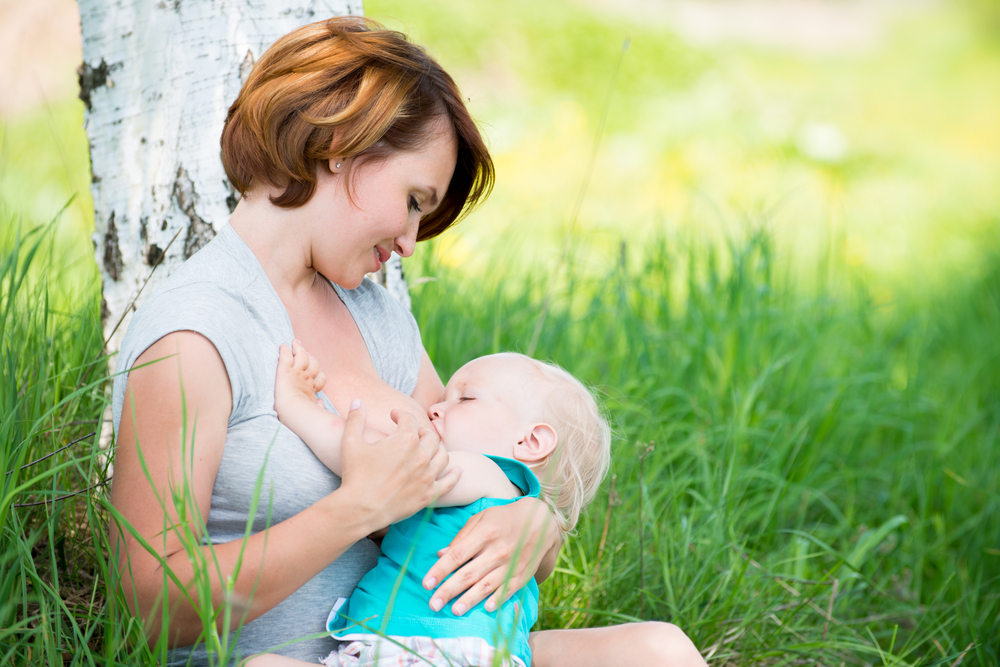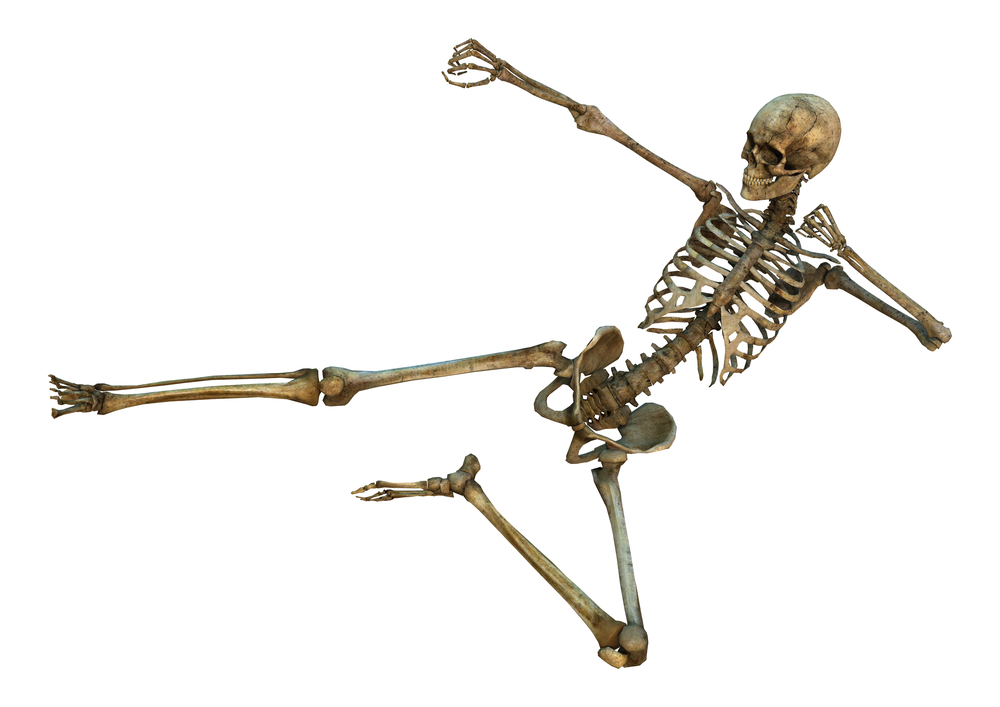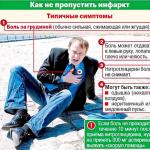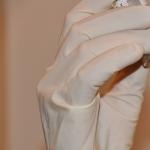For normal growth and development, each baby needs a full age diet, which takes into account his needs for fats, proteins and carbohydrates in a certain period of life. However, not only the calorie content of food, but also its vitamin and mineral composition contribute to the proper maturation of all organs and systems.
The most common deficiency in children in the first year of life is hypocalcemia. A lack of calcium in a baby's body can lead to very dire consequences - spontaneous fractures, convulsions, delayed development of the bone and nervous systems.
Causes of calcium deficiency
In order for the level of calcium in the child's body to remain sufficient, this trace element must be present in his daily diet at a dose of 500-1000 mg. Children who are on receive it with mother's milk, so it is worth eating well and additionally receiving vitamin and mineral complexes throughout the entire lactation period. A critical decrease in the level of calcium in the blood causes rickets and its complications.

Babies get calcium from their mother's milk, so a woman who is breastfeeding her baby needs to eat enough of this element with food.
In the first year of life, calcium deficiency in children develops not only with its low intake into the body, but also with, which is involved in the absorption of the microelement. According to the recommendations of the World Health Organization, every breastfed infant must receive additional water-soluble vitamin D3 during the autumn-winter period. In spring and summer, it is synthesized in the baby's body on its own under the influence of sunlight, so its excessive introduction during this period leads to hypervitaminosis, which is much worse than a lack of vitamin.
In older children, hypocalcemia can be provoked by diseases of the digestive tract (gastritis, colitis, etc.), taking medications that disrupt the absorption of substances in the gastrointestinal tract (antacids, sorbents).
Calcium norms depending on age:
- from birth to 6 months - 400-500 mg;
- from 7 months to 1 year - 500-700 mg;
- older than a year and up to 10 years - 700-900 mg.
It is impossible to create an excess of calcium in the alimentary way, all of its excess is excreted from the body through the kidneys and intestines. An additional intake of a microelement in a finished tablet form very often leads to the accumulation of calcium salts in the kidneys.
Clinical manifestations of hypocalcemia
In young children who are not yet able to move independently, often only a doctor can suspect a lack of calcium. The first signs of a deficiency of this trace element in infants are:
- increased sweating of the skin, especially in the back of the head;
- hair rolling out in places of prolonged contact with the pillow;
- tremor (trembling) of the chin when crying;
- startling at loud noises.
If calcium deficiency is observed in the process of development of the spine bends and walking, then the baby develops a curvature of the bones of the limbs, and the posture is disturbed. At an older age, hypocalcemia leads to increased bone fragility, delamination of the nails, cracks in the corners of the mouth, convulsions, and increased joint mobility.
To confirm the suspicions of a lack of calcium in the body and increased convulsive readiness, you can use certain tests:
- if you gently tap the baby’s cheek in the corner of the mouth or cheekbone with your fingertip, and a twitch occurs in this area, then calcium deficiency is possible in his body;
- if, when the baby’s hand is squeezed in the middle third of the shoulder, his fingers cramp, then the likelihood of a lack of calcium is high.
Consequences of low calcium levels

Calcium is necessary for the normal growth and functioning of the skeleton of a child and an adult.
Insufficient intake of this microelement or its impaired absorption in the intestine in childhood leads to the development of rickets. There are several stages of the disease, each of which has its own manifestations.
At an early stage of rickets, the baby has all the symptoms of calcium deficiency - skin hyperhidrosis (excessive sweating), hyperexcitability (shudders), hair rolling due to prolonged compression or friction of the head against the pillow. At this stage of the development of the disease, bone deformities are not observed.
The lack of adequate therapy leads to the progression of rickets, and it goes into the stage of peak. Dyspeptic symptoms (vomiting, poor appetite, upset stool) and bone changes come to the fore. The muscle tone of the anterior abdominal wall also decreases, it takes the form of a frog's abdomen.
Among the bone disorders in the first year of a baby's life, the following are noted:
- flattening of the neck;
- skull asymmetry;
- softening of the fontanel edges;
- the formation of frontal or parietal tubercles;
- deformity of the sternum (keeled or funnel-shaped);
- curvature of the spine (kyphosis, scoliosis);
- deformation of the lower extremities according to the type of X- or O-shaped.
Ignoring the problem by parents can lead to a child's disability, a delay in his physical and mental development. Frequent consequences of severe rickets in childhood are:
- gross deformity of the spine or lower extremities;
- tower skull, pronounced parietal or frontal tubercles;
- malocclusion in the mouth;
- curvature of the legs, interfering with normal walking;
- deformation of the sternum, preventing the normal functioning of the lungs and heart;
- a flat pelvis that does not allow women to fully bear the baby and give birth to it on their own;
- blurred vision (nearsightedness).
In children of preschool and school age, calcium deficiency manifests itself in the form of frequent fractures, joint hypermobility, and long-term anemia.
Diagnosis of calcium deficiency
When the first signs of rickets or convulsive twitches appear, you should immediately consult your doctor. Such conditions require mandatory correction after the examination.
It is mandatory to pass a general blood test, which determines the level of hemoglobin. Urinalysis with the Sulkovich test allows to identify calcium deficiency in young children. It shows the level of excretion of calcium in the urine of a child. The level of calcium in the peripheral venous blood is also determined. In children under 6 months, this figure is normally 2.25-2.5 mmol / l.
Treatment and prevention of hypocalcemia and rickets

In the diet of a pregnant woman, and later (after the introduction of complementary foods) and her baby, a sufficient amount of foods rich in calcium should be present.
Prevention of rickets in babies should begin in utero. Each gestation should receive daily vitamin D3 for 6 to 8 weeks.
After birth, healthy babies should also take prophylactic vitamin D3 (from 2 months to 3 years). In the autumn-winter periods, each full-term baby should be given 500 MO of vitamin D3, with the exception of formula-fed babies. The selection of doses of drugs should be done by the local doctor, taking into account all indicators and risk factors.
For the prevention and treatment of rickets, it is necessary to adjust the diet of both the nursing mother and her baby after the introduction of complementary foods. Vitamin D3 is relevant only when a sufficient amount of calcium enters the body. The child's diet must include fermented milk products (hard cheeses, yogurt, whole milk), dried fruits, milk chocolate (by age). A high content of natural vitamin D is found in butter, beef liver, egg yolk.
Also, in the treatment of rickets, one should not forget about increasing muscle tone and normalizing bowel function. During this period, children are assigned various types of baths, outdoor walks, physiotherapy exercises and massage. It is necessary to treat intestinal dysbiosis, if any.
If the correction of nutrition does not allow to increase the level of calcium in the blood, then you need to resort to the introduction of synthetic calcium-containing drugs, but only after consulting a doctor. For better absorption of calcium, it is worth using fish oil, which is available in encapsulated form by age. Self-treatment of hypocalcemia can lead to various problems, from constipation to severe kidney failure, and as a result to urolithiasis at an early age.
In order for the baby to grow up healthy and cheerful, in the first year of life it is better to visit a family doctor every month for preventive examinations and vaccinations!


